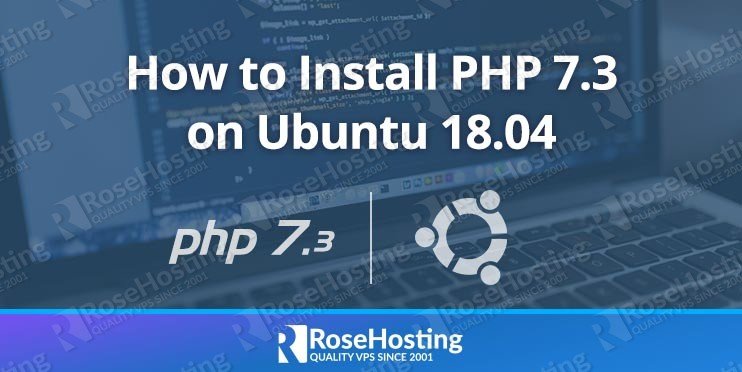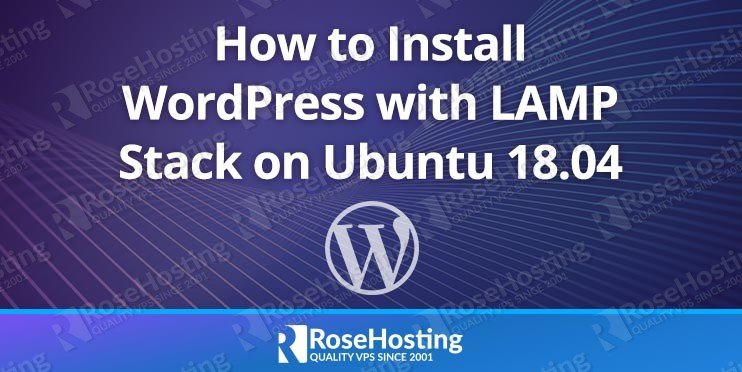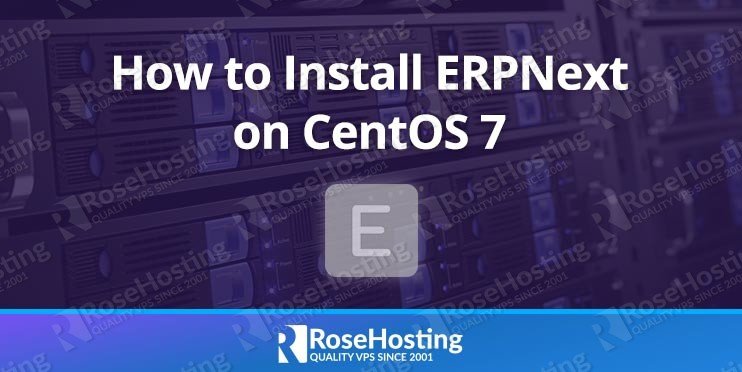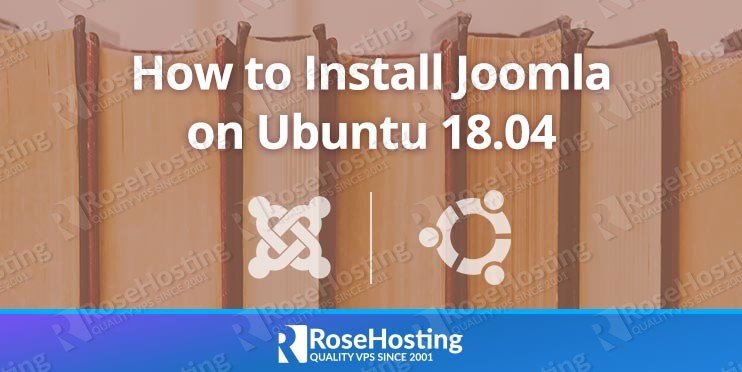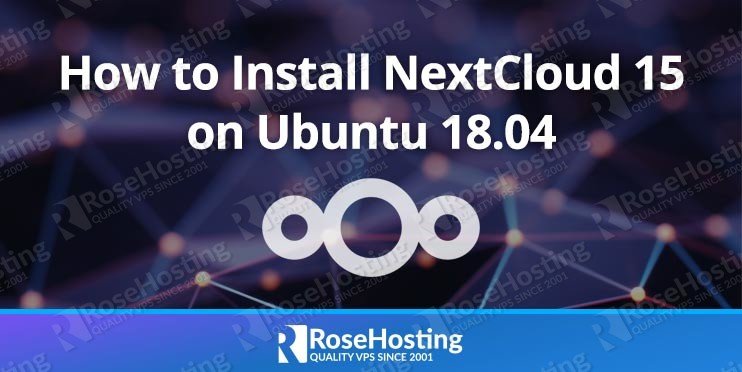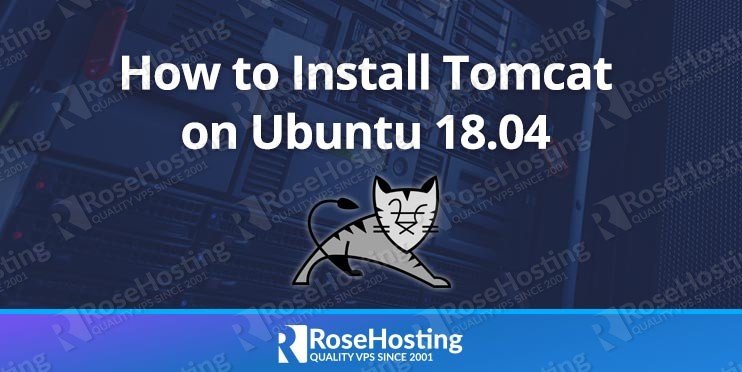In this tutorial, we will show you how to install PHP 7.3 on Ubuntu 18.04. PHP (Hypertext Preprocessor) is an open-source server-side scripting language designed primarily for creating dynamic interactive websites. PHP is one of the most popular languages and it is freely available for redistribution and modification. PHP powers WordPress, the most popular content management system used for blogging and building websites as well as many other e-commerce websites, customer relationship management software, enterprise resource planning software, and much more.
The latest PHP 7.3 version has been officially released on December 6th, 2018. It comes with a number of new features and a few incompatibilities that you should be aware of before upgrading from the previous version.
We have an updated version of this tutorial – How to Install PHP 8 on Ubuntu 20.04
